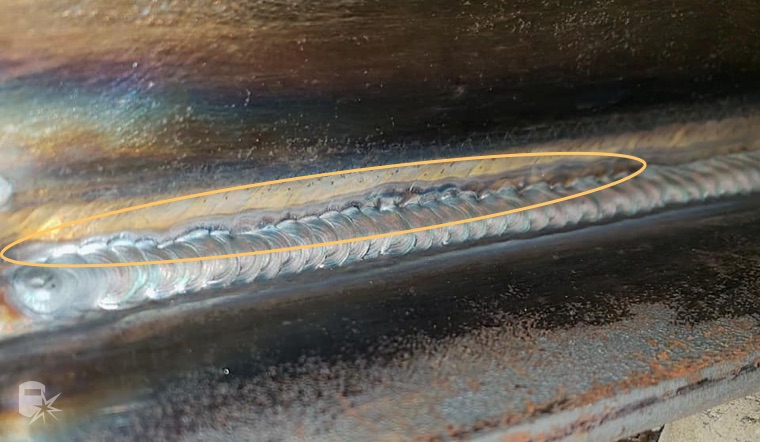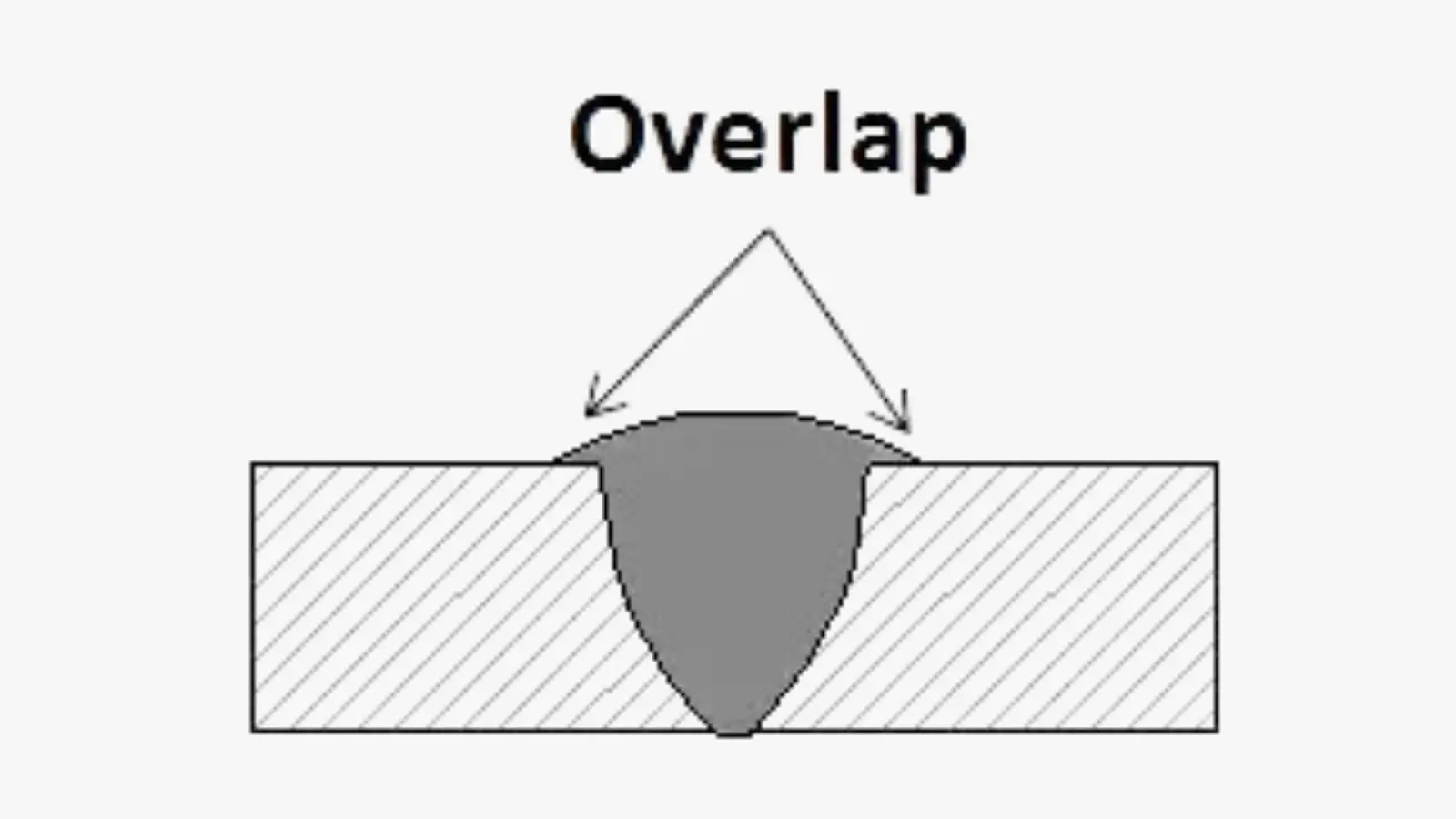A Comprehensive Overview to Identifying, Averting, and Fixing Undercut Welding Troubles in Your Welding Tasks
In the world of welding, experiencing undercut concerns is an usual challenge that can compromise the structural honesty and overall top quality of your welding projects. Understanding the root triggers behind undercut welding, being able to accurately find it in your welds, and executing effective preventative steps are essential abilities for any kind of welder. Additionally, having the knowledge and techniques to rectify undercut issues when they do occur can make a significant difference in the final outcome of your welding ventures. Remain tuned as we discover the vital parts of recognizing, stopping, and taking care of undercut welding problems, offering you with valuable understandings and strategies to boost your welding skills to the next level.
Typical Root Causes Of Undercut Welding
Undercut welding, a common problem in welding processes, can be caused by various elements that need to be carefully determined and dealt with to ensure the stability of the weld joint. Among the key root causes of undercut welding is too much warmth input. When the welding parameters, such as voltage, existing, or take a trip speed, are not correctly set, an excessive amount of warmth can be created. This excess warm brings about the melting and succeeding elimination of the base product along the sides of the weld joint, producing a groove recognized as undercut.
One more typical reason of undercut welding is inappropriate welding technique. Poor manipulation of the soldering iron or weapon, incorrect angle or distance between the workpiece and the torch, or inconsistent travel speed can all add to the formation of undercut. Additionally, making use of the incorrect welding consumables or electrode dimension for a particular joint arrangement can lead to undercut issues. Identifying these source and carrying out rehabilitative actions is vital in protecting against and correcting undercut welding issues in welding projects.
Identifying Undercut in Welds

To recognize undercut accurately, proper lighting and magnifying tools are vital to inspect the weld joint thoroughly. Utilizing devices such as a welding gauge or a magnifying glass can assist in detecting also the smallest undercut imperfections. Furthermore, running a finger or a finger nail along the weld joint can in some cases disclose undercut, as the surface area might really feel uneven or have a dip where the undercut exists.
Safety Nets for Undercut
Having a deep understanding of the causes of undercut in welds allows for the implementation of effective preventative measures to keep weld high quality and stability. These setups need to be optimized to stop excessive warm input, which can lead to undercut formation.

Strategies for Fixing Undercut

To deal with undercut issues properly, welders can utilize details methods targeted at rectifying the defect and bring back the honesty of the weld joint. One technique is to readjust the welding criteria, such as the voltage, existing, and travel rate, to make certain appropriate heat input and fusion. Raising the welding current or minimizing the travel rate can help fill out the undercut. Additionally, changing the welding strategy from a press to a drag or vice versa can also aid reduce undercut.
An additional technique is to utilize a weaving activity while welding to guarantee proper sidewall combination and fill in the undercut. By oscillating the welding arc from side to side within the weld joint, the welder can transfer a lot more filler material right into the undercut locations, properly eliminating the defect.
Additionally, grinding out the undercut and rewelding the joint can be a viable option for extra serious undercut concerns - Preventing weld undercut. This process includes getting rid of the undercut area, preparing the base metal, and after that rewelding the joint with correct welding criteria and techniques to stop undercut from reoccurring

Expert Tips for Staying Clear Of Undercut
Using proper welding strategies and keeping control over key welding specifications are vital approaches for welders intending to stop undercut in their weld joints. next Additionally, selecting the ideal welding process and filler steel for the specific application can assist prevent undercut. Preserving a consistent traveling speed throughout the welding process is another necessary suggestion to avoid undercut.
Conclusion
To conclude, identifying, preventing, and dealing with undercut welding problems in your welding tasks is vital for guaranteeing long lasting and strong welds. Preventing weld important link undercut. By comprehending the usual sources of undercut, having the ability to recognize it in welds, carrying out precautionary steps, and making use of appropriate techniques for fixing undercut, you can avoid potential problems and develop premium welds. Complying with professional ideas for staying clear of undercut can help you improve your welding skills and produce much better results in your jobs
Undercut welding, an usual problem in welding procedures, can be caused by different factors that need to be meticulously identified and dealt with to ensure the integrity of the weld joint. Additionally, running a finger or a finger nail along the weld joint can often reveal undercut, as the surface area may really feel unequal or have a dip where the undercut exists.
Making use of proper welding methods and maintaining control over key welding specifications are important techniques for welders aiming to prevent undercut in their weld joints.In final thought, identifying, avoiding, and dealing with undercut welding problems in your welding projects is essential for making sure solid and resilient welds. By recognizing the typical reasons of undercut, being able to recognize it in welds, executing preventative procedures, and using proper methods for dealing with undercut, you can stay image source clear of possible concerns and produce top notch welds.